Flying out of New York with your personal cannabis stash? Relax.
According to an article published by the Times Union, New York airport security checkpoints are no longer seizing cannabis.
This makes perfect sense now that cannabis is legal in New York and many other states.
"We don’t seize it. We just look for threats — explosives, knives, guns; we don’t look for illegally possessed narcotics," said Bart R. Johnson, federal security director for 15 airports in upstate New York, including Albany International.
"When we notice something suspicious on a pat-down or something like that and then we discover that it’s marijuana ... so we’re looking to see if it’s a threat. ... If it turns out to be something that appears to be an illegal substance, we notify law enforcement."
The Transportation Security Administration (TSA) is not a law enforcement agency and is solely focused on flight and passenger safety. However, officials are still required by federal law to report any illegal substances to local authorities.
And what does law enforcement have to say about this? Albany County Sheriff Craig Apple also weighed in on the issue. His department patrols the airport and sometimes gets called in when TSA comes across travelers in possession of cannabis.
Apple told the Times Union how his department used to make dozens of arrests or would issue tickets for cannabis possession at the airport. But now the laws are different.
“We don’t take it anymore,” he said of travelers’ precious cannabis supplies. “It’s legal if not more than three ounces and, well, have a nice day.”
This is great news for anybody flying out of New York with a personal cannabis supply. No more stress sweats or anxiety-fueled intestinal cramping when you go through airport security in New York (unless you are carrying more than three ounces).
For a plant that should have never been criminalized, this is a sign of progress, and there is still a lot of work to do.
Tips for Flying with Weed
Flying anywhere with cannabis is technically illegal for most people, which means it is not completely risk-free.
If you are planning to fly with your personal stash, here are a few tips and best practices from The Bluntness Guide on How To Travel with Cannabis:
- Don’t put your stash in a checked bag. While it may sound like a better idea to pack your cannabis in your checked bag and forget about it until you land, checked bags actually run a much higher risk of being randomly selected for a search.
Transporting your weed via carry-on definitely comes with a certain amount of anxiety, but at least if your bag gets pulled over, you’ll be present and aware of the situation.
When you’re thinking about where in your carry-on you should stash your weed, the key is to not overthink it, and try to keep things as close to natural as possible. For example, if you’ve brought a few loose joints, put them in a cigarette pack with some normal cigarettes.
Another popular hack is to empty any opaque prescription drug bottle, like Ibuprofen or Tylenol. Place your weed in, put a few cotton balls over it, and you’re good to go.
- Divide up your stash as much as possible. Whenever I travel, I usually have my carry-on bag along with a tote bag for my laptop or items I’ll need on the plane, like snacks or a book.
If you’re nervous about the amount of cannabis you’re trying to get through TSA, you may benefit from dividing your stash among your bags rather than putting everything in one spot. That way if one of your bags gets pulled over and your products are confiscated, at least you have a backup stash in your other bag.
However, you should never try to transport more than one ounce of weed, otherwise you run the risk of being flagged for serious drug trafficking offenses.
- Make sure you’re fully complying with TSA’s regulations. It’s easy enough to sneak a few grams of flower through TSA, but it will become significantly harder if your bag gets pulled over because you packed a full bottle of lotion that’s being flagged.
Carry-on bags don’t allow for any liquids over three ounces, and if you’re bringing a laptop or iPad, you have to put it through TSA separately, or you’ll risk your bag being opened and searched.
Basically, make sure your carry-on is set up and organized so it just needs to go through the scanner. The more you can avoid any attention being drawn to you and your items, the better.
- Skip oils, tinctures or topicals and opt for flower, edibles, or cartridges. Since TSA is quite strict with transporting liquids, you’re better off leaving the tinctures and oils at home. Traveling with flower is much less risky, and traveling with edibles or cartridges is even safer.
Cartridges are incredibly discreet and often resemble pens, and edibles are the cannabis products that resemble cannabis the least. As long as the smell isn’t too pungent, it can easily be passed off as an airport snack.
- Be extra aware of laws if you’re traveling internationally. While flying with weed within the U.S. is a relatively painless process, traveling internationally with weed runs you a much higher risk of getting in trouble. For example, although cannabis is federally legal in Canada, it remains illegal to transport any amount of the plant across the border without authorization, even to another legal country.
Make sure to be aware of this, and definitely practice an extra amount of caution when traveling internationally. You’ll want to avoid flower entirely and instead opt for edibles or cartridges, if you’re still willing to take the risk.
Alternatively, it may serve you best to do a bit of research on the country you’re traveling to and figure out where you’ll be able to purchase your cannabis once you arrive.
Need a little more Bluntness in your life? Check out our YouTube page!
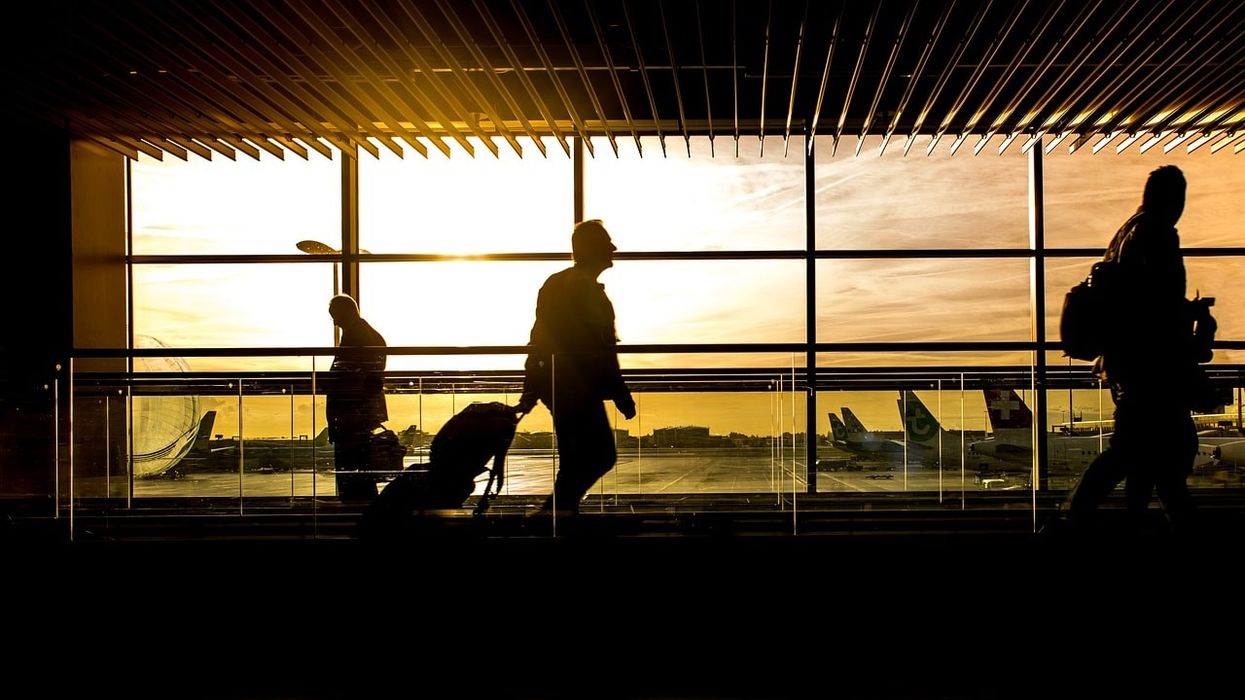

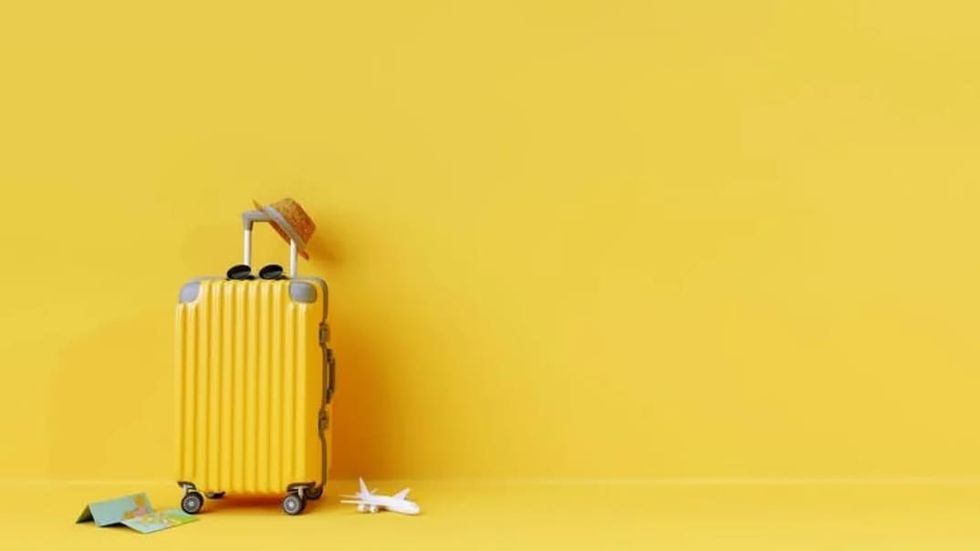
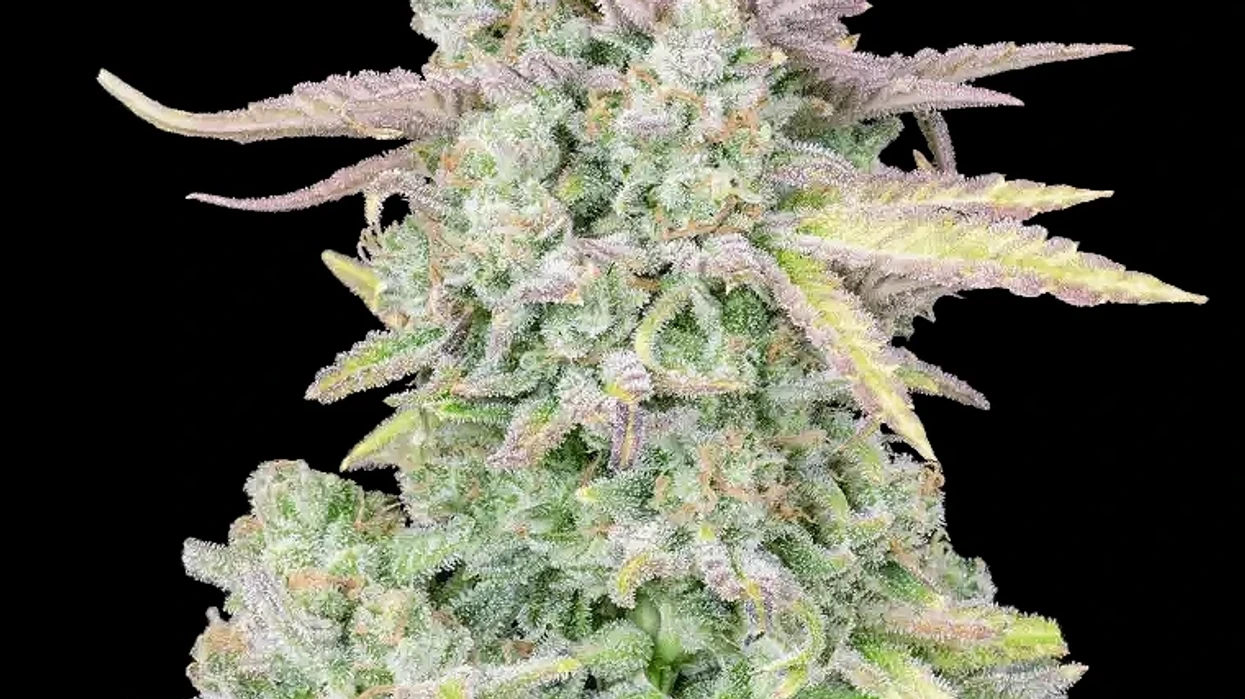
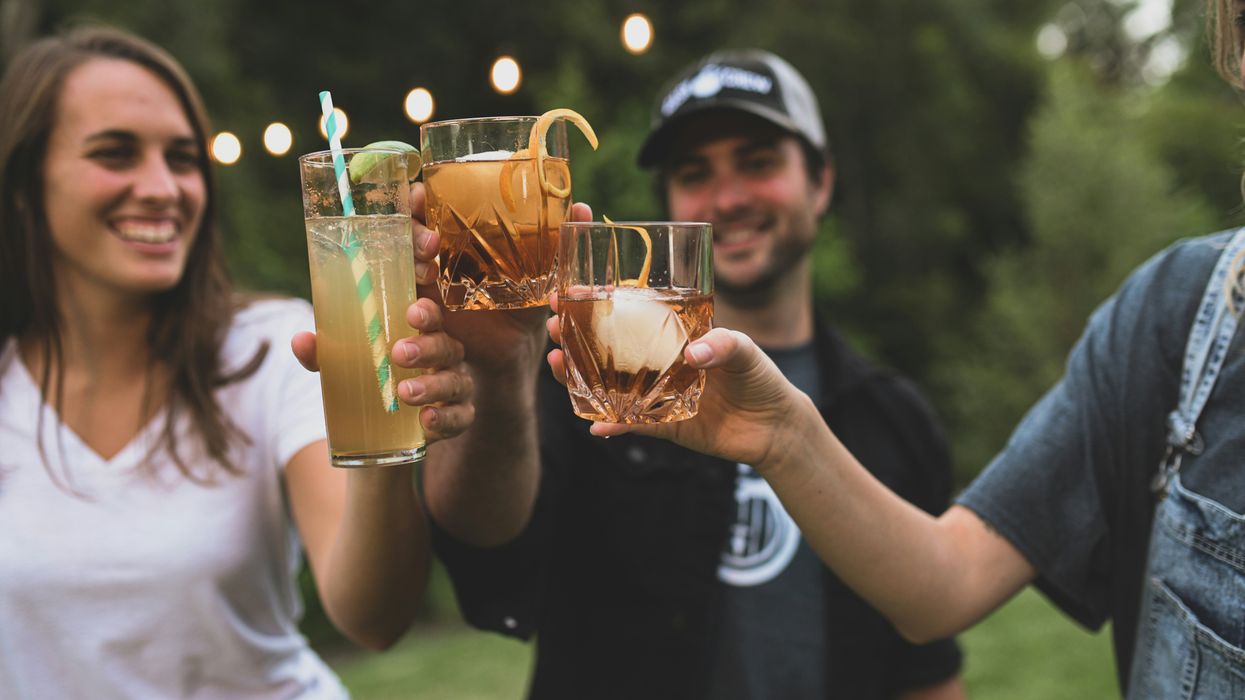
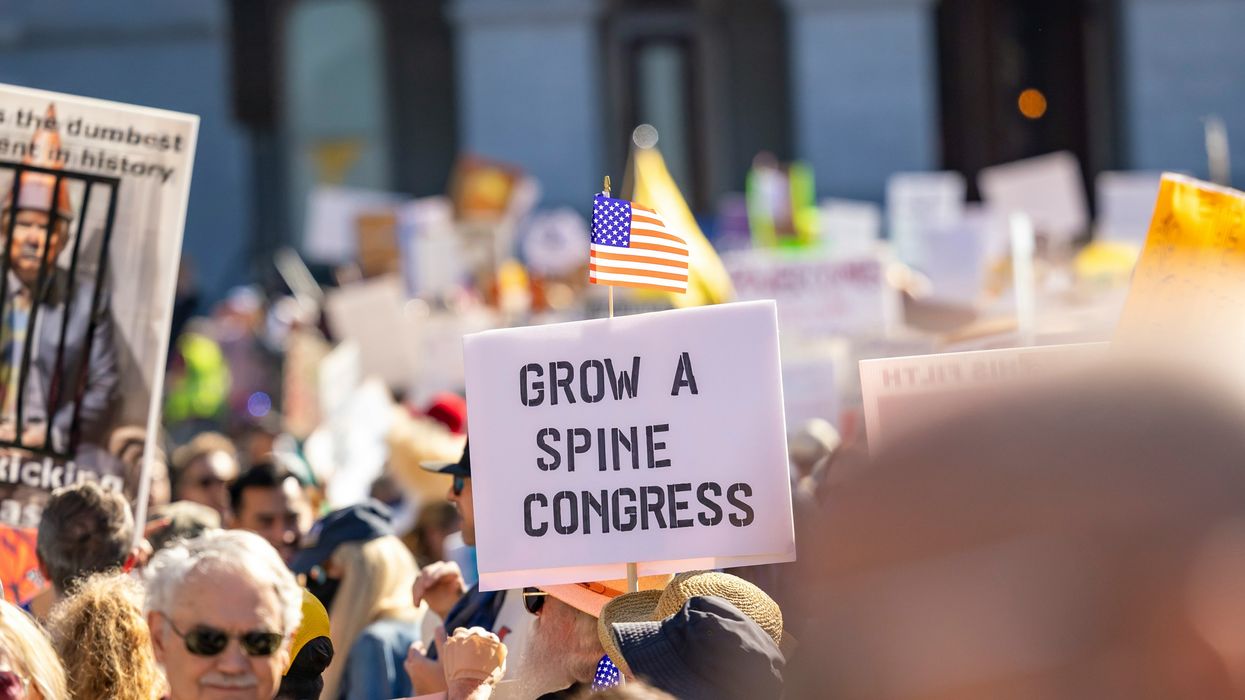

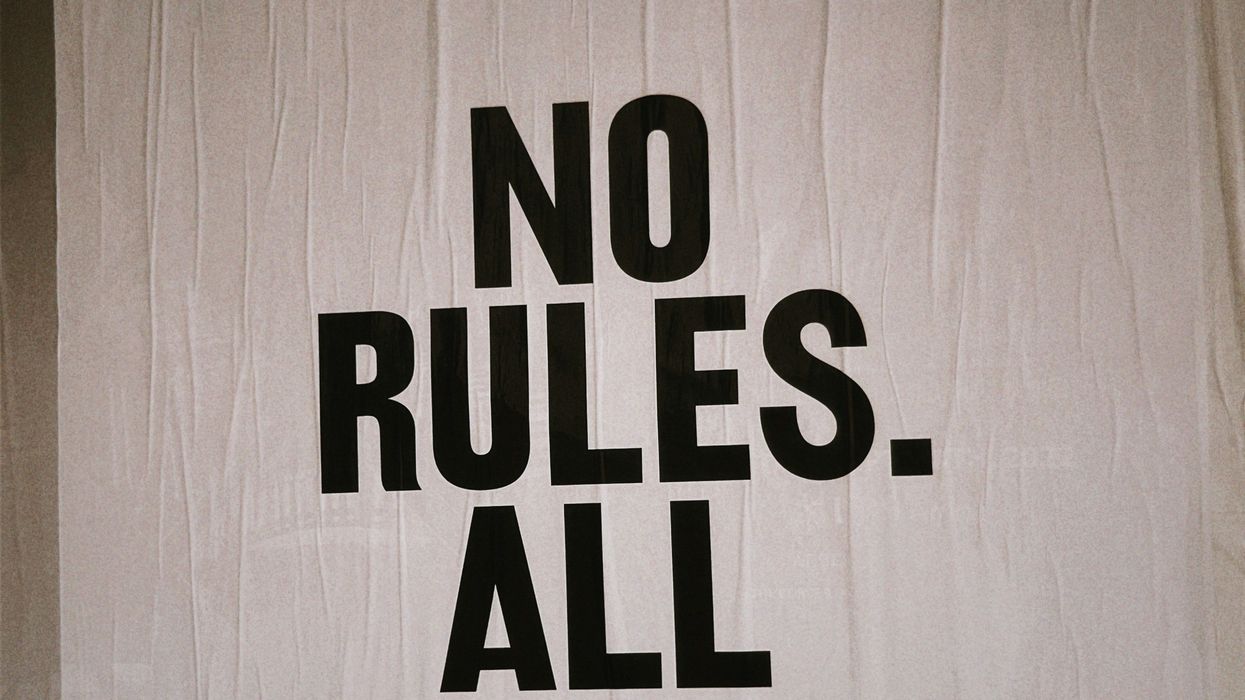
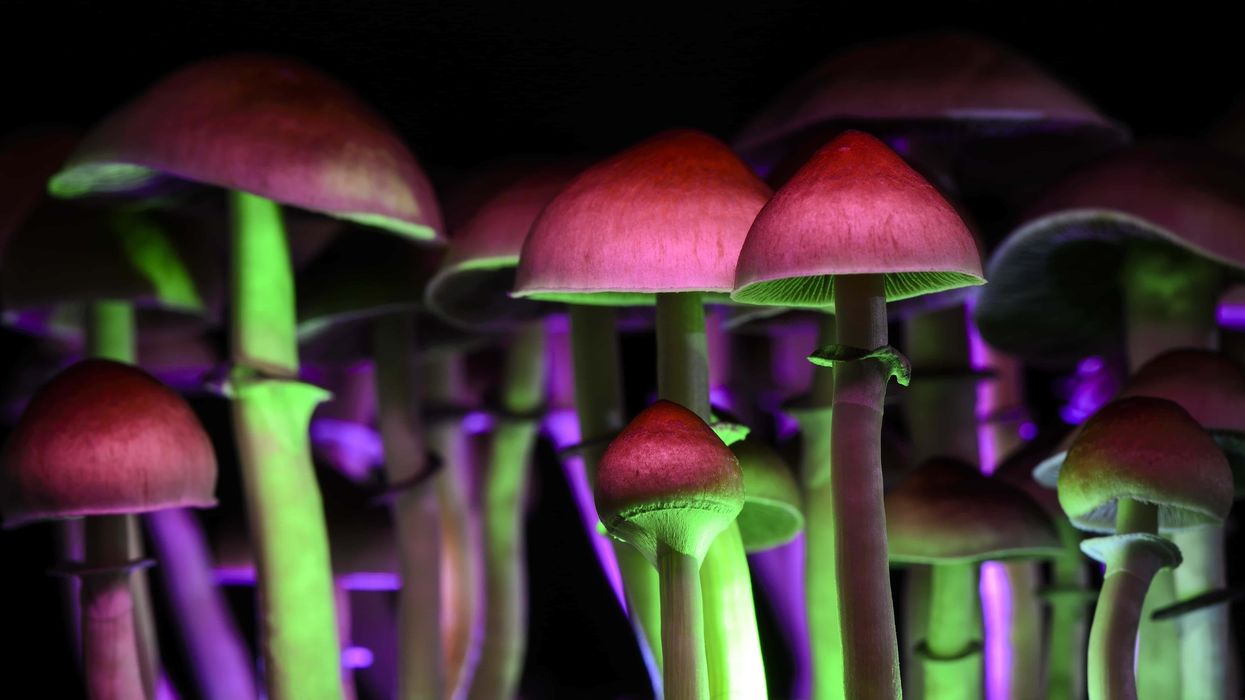
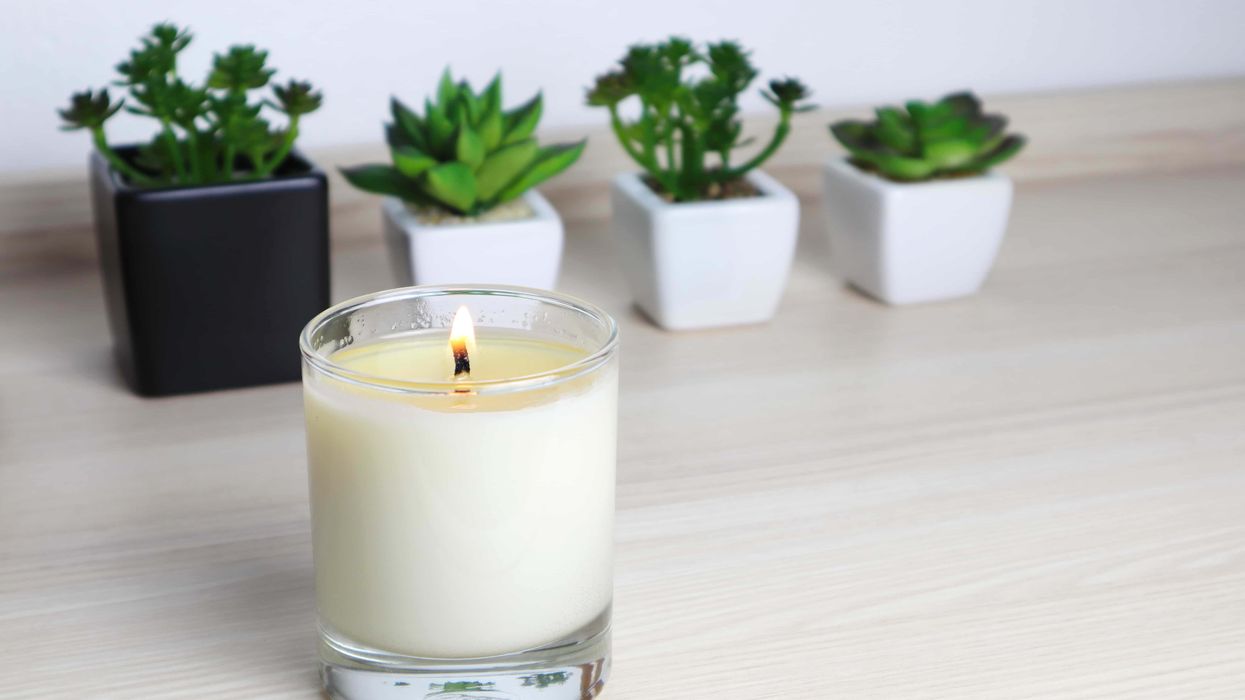
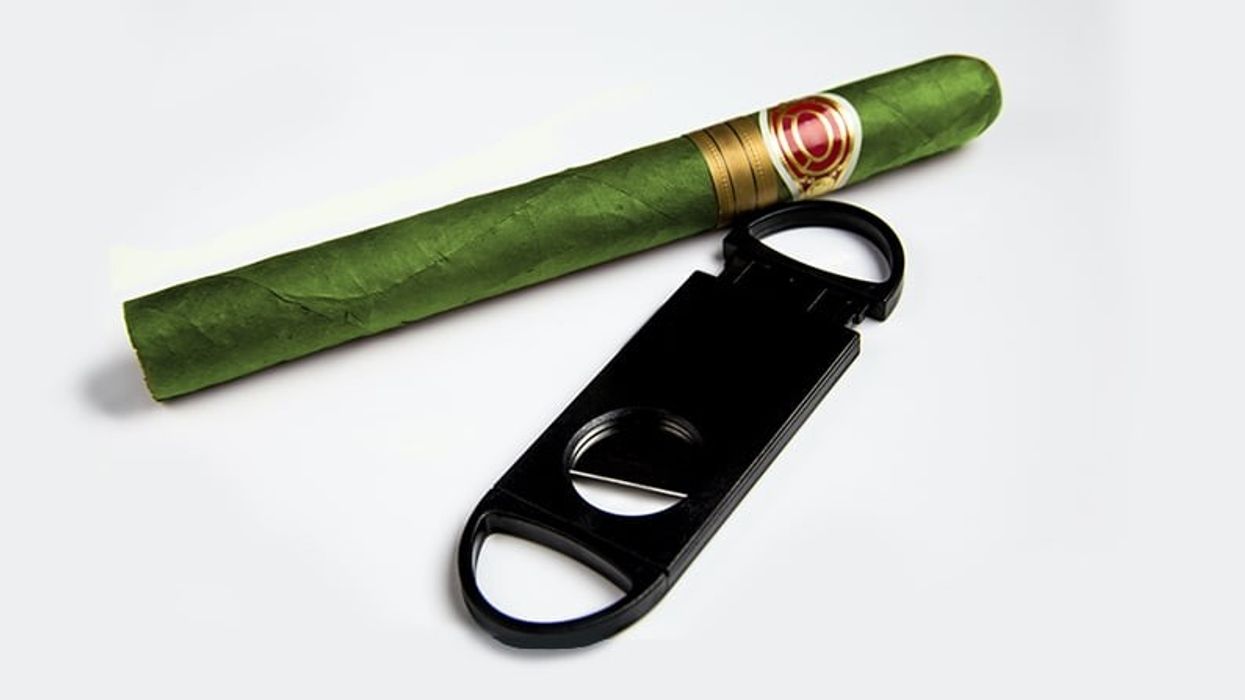
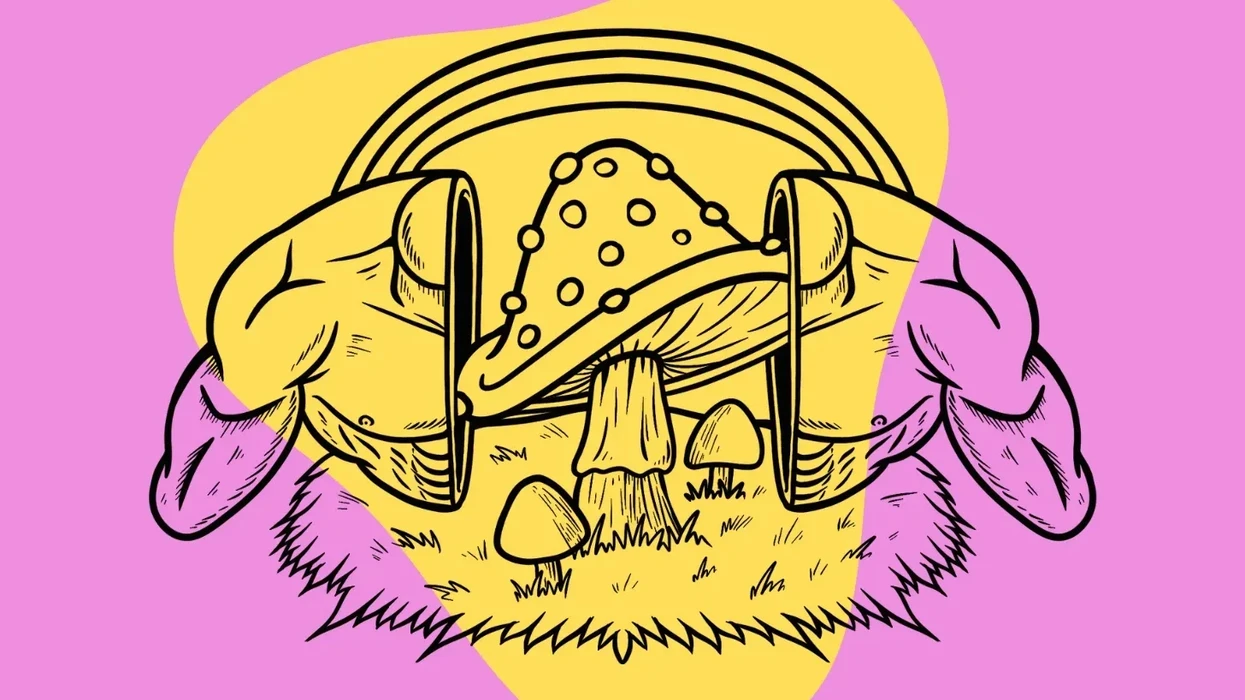
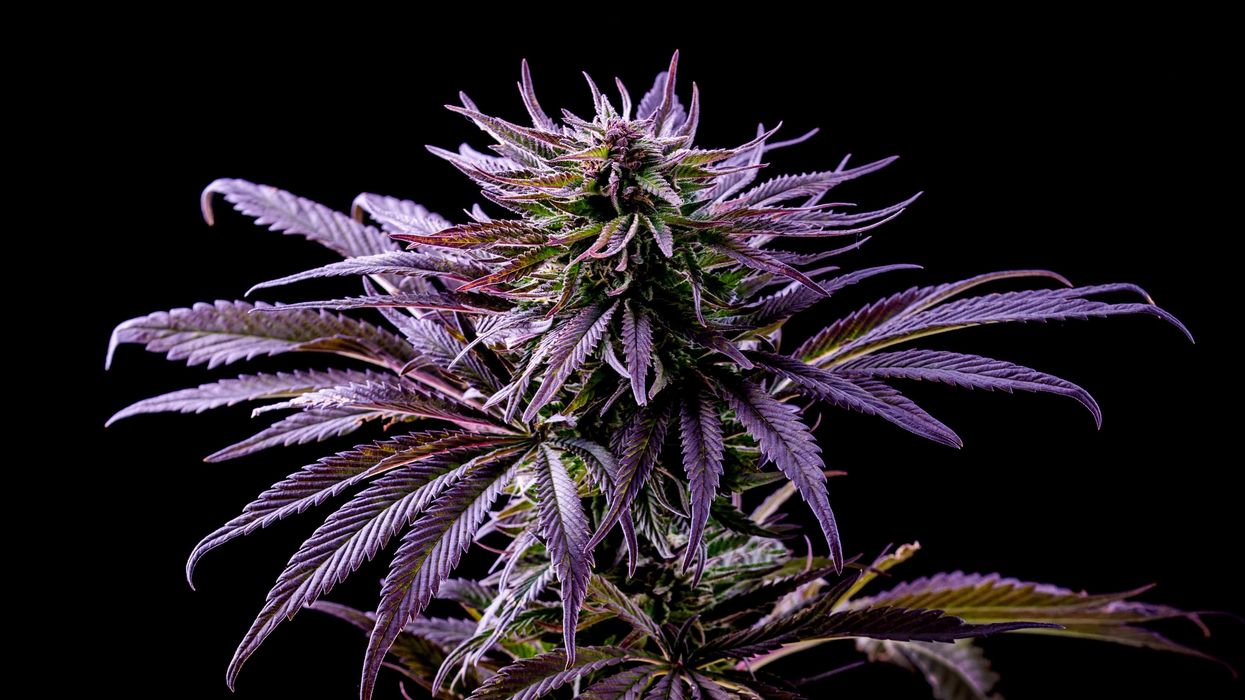


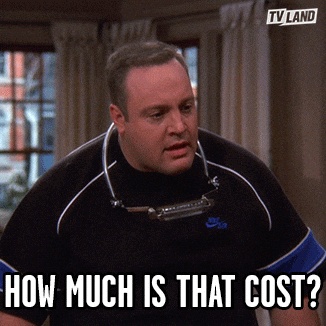
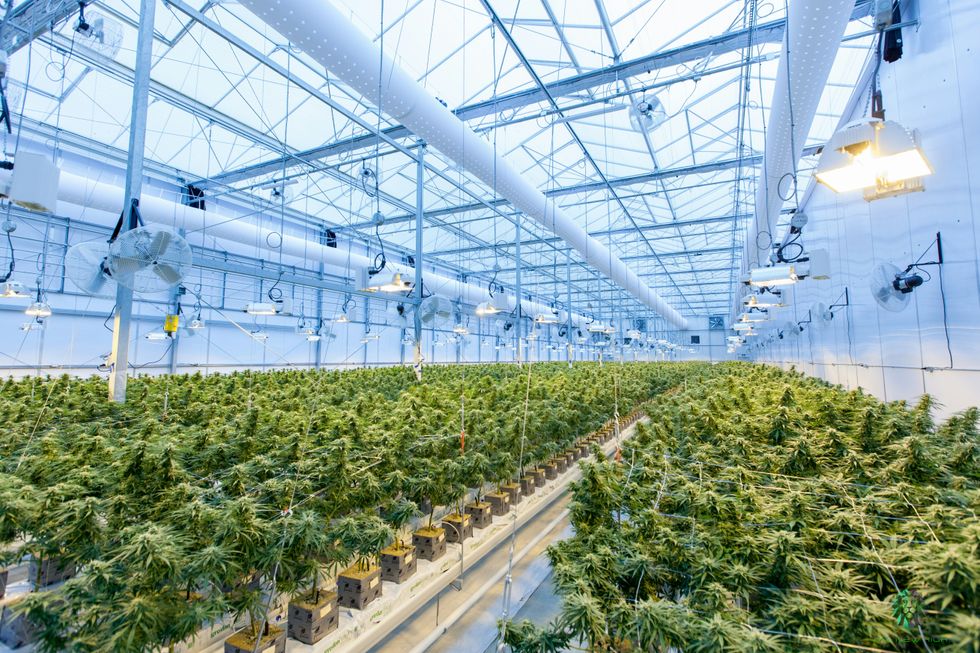 When it comes to pricing, cultivation methods matter - The Bluntness
Photo by
When it comes to pricing, cultivation methods matter - The Bluntness
Photo by 

 Cigar smoking in a bar....
Cigar smoking in a bar....  Movie theater as consumption space? Not a bad idea.....
Movie theater as consumption space? Not a bad idea.....